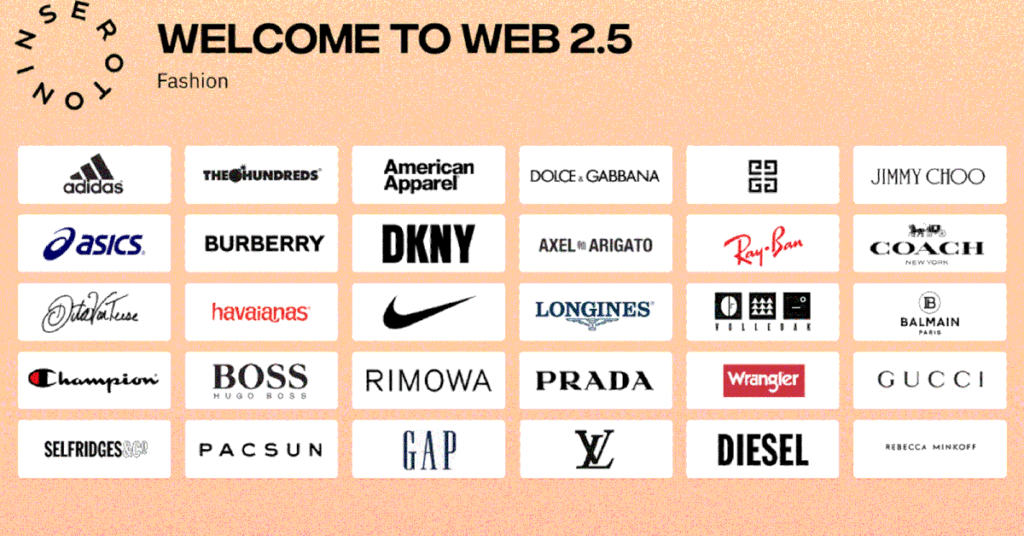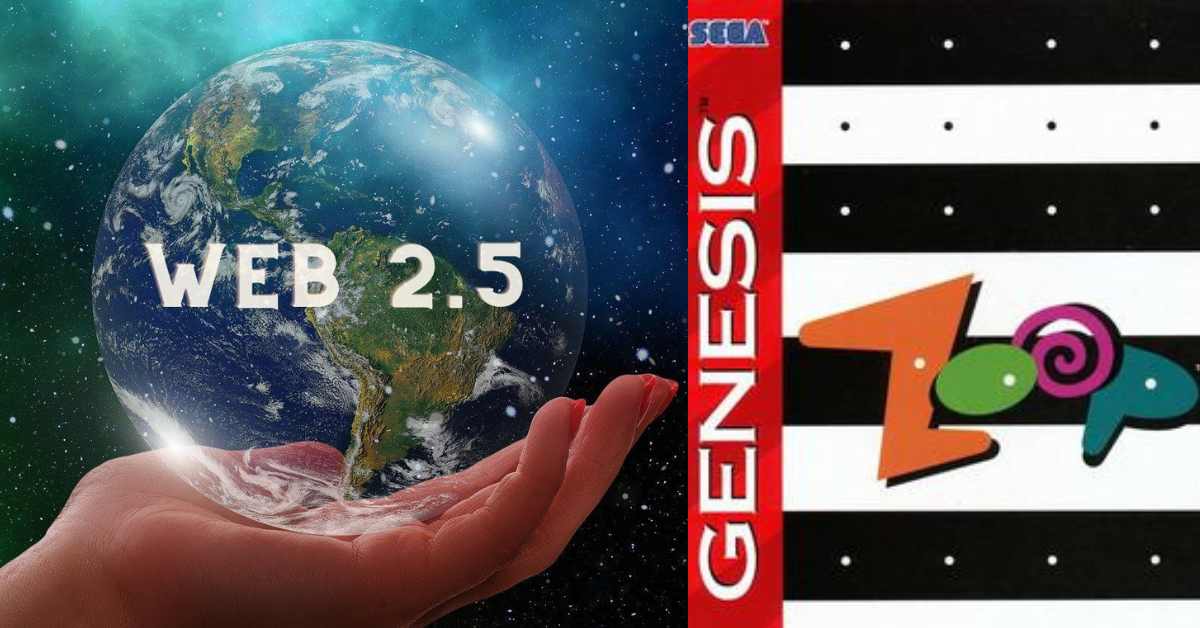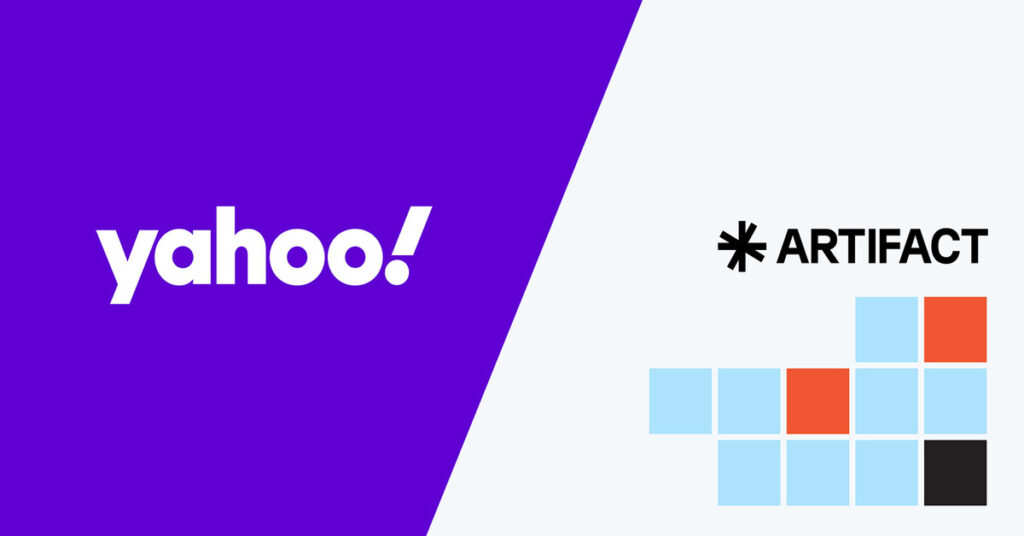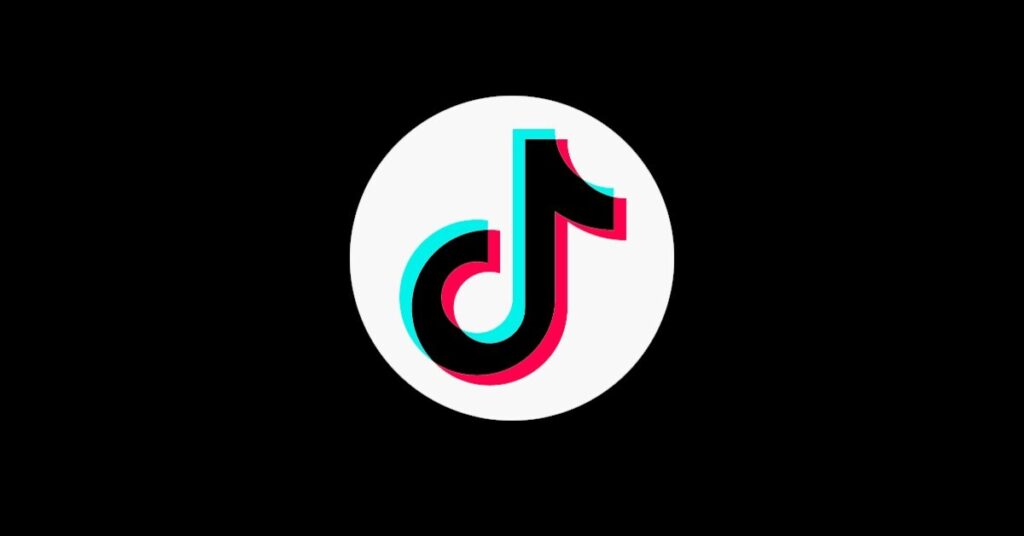In recent years, the retail adoption of blockchain and cryptocurrency has been soaring due to the rise of NFTs. While Web3 technologies offer direct audience engagement, community growth, and monetization of brand IP, the reality of legal ambiguity, user experience, and true decentralization presents challenges to complete activation by large companies. To address these issues, brands have been experimenting with how to adopt decentralized technology within tried-and-true Web2 parameters. It resulted in the concept of Web2.5, which is touted as a helping hand for brands at the time of crypto market fluctuations.

What is Web2.5?
Web2.5 refers to a set of solutions that offer a more realistic stepping stone as brands develop their strategies amid crypto market fluctuations. It is a midway point between Web2 and Web3, where companies can enhance their brand, enter new markets, engage their community, explore new innovations, and reach the next generation of users. Examples of Web2.5 solutions include centralized exchanges, front-end NFT marketplaces, and custodial wallets.
As far as Web3 is considered, all we know is that it is an emerging concept that is still in development and lacks a clear definition. And, that the fundamental idea behind it is to establish a decentralized system that is not under the control of governments or corporations, in contrast to the current internet. It is also said to be associated with the concept of the “metaverse” to a certain extent.

The Benefits of Web2.5 for Brands
Web2.5 is a step on the way to Web3, providing brands with a solution to navigate Web2 infrastructure using their Web3 assets. Connecting Web3 assets such as NFTs to physical goods is a prime example of Web2.5, as is the use of Web3 assets with Web2 infrastructure such as credit cards and fiat currency. Brands can expand existing capabilities with success by combining the best of Web2 and Web3, making it easier to adapt to the challenges of Web3. For instance, LVMH brands have developed NFTs, while LVMH-owned Tag Heuer has started accepting cryptocurrency. Web2.5 is somewhat of an on-ramp to Web3, bridging existing touchpoints and bringing them into Web3 in a user-friendly way.

Web2.5 – A Solution to Early Adoption of Web3 by Luxury Brands
There’s a concern that the luxury fashion and beauty sector may be moving too fast towards the adoption of Web3 technologies such as NFTs, cryptocurrencies, and metaverse and Web3 strategies. Recent dips in the crypto market and consumer resistance to the oversaturated NFT market have further fueled this concern. To address these potential concerns about the decentralized, community-driven dream of Web3, Serotonin has published a comprehensive report outlining how creative and media industries, along with consumer goods and food sectors, are expanding existing capabilities with success. This report considers recent projects from Gucci Vault, DressX, and Nike.
Breathing Space for Consumers
Web2.5 provides breathing space for consumers to become used to web3 features. It’s a way of providing the functionality of web3, such as asset ownership, decentralized finance, staking, and more, in a familiar environment. As gamers get more comfortable with concepts of signing transactions and best practices for protecting private keys, a seamless path to migrating them to a full non-custodial experience can be provided.

A Brand New Way to Engage with Existing Audiences
Web2.5 is not asking brands to abandon their audiences, but it is a brand new way to engage with those existing audiences. Brands can’t abandon their Twitter followers and email distributions or any of the ways they currently engage and interact with their customers. Web2.5 offers an on-ramp to Web3, and we will see a lot of interesting blends of the two worlds for the next few years that are not purely Web3, which is still very challenging.
Long story short, Using web2.5, users can navigate web2 infrastructure using web3 assets. It offers a practical and viable pathway amidst the volatile crypto market, while enabling users to acquire knowledge about the functionalities of Web3. Moreover, web2.5 presents brands with a chance to harness the benefits of both web2 and web3 technologies, thereby enhancing their brand image, expanding their market reach, fostering community engagement, exploring new technologies, and appealing to the younger generation of users.



